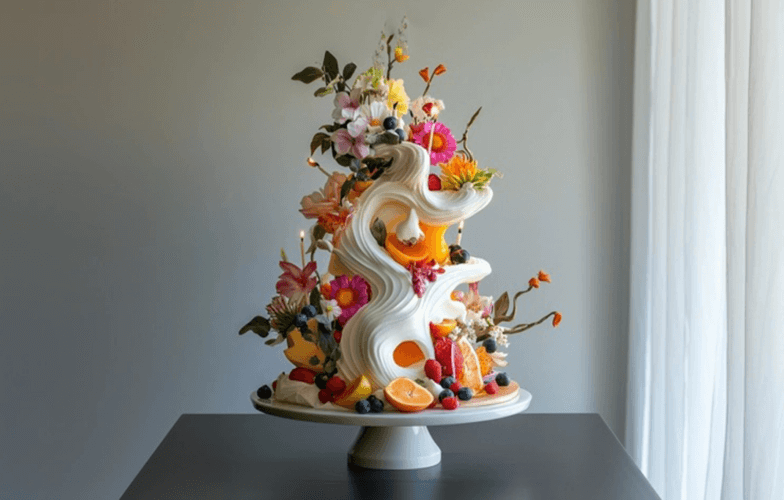
Fashion System with Nathalie Rozborski
InterviewsNathalie, what do you and your Business and Inspiration teams observe about the current environment brands are evolving in?
I think the first thing to recognize is that, all things considered, the crisis didn’t provoke any really new phenomena. The real subject is the acceleration of the transformation and consequently brands’ ability or inability to meet the challenges. We know the fundamental issues: digitalizing economic models, introducing CSR goals to strategic committees and giving collections international scope. These are topics we’ve been working on for over three years. What the health crisis has highlighted is how quickly and how skillfully businesses can respond.
For the past five years, NellyRodi has put consumers at the heart of all its projects, and that's the starting point for your methodology. Have you seen new buying behavior during this unexpected health crisis?
Absolutely! The motivations for consumer desire have changed. Everybody wants to be a creative director, even dressed in sweatpants and tennis shoes, sitting in front of a screen while remote working. I think that’s the most amusing trend to watch. In the past, designers, who were trained in their profession, were inspired by travel, art, trade shows and culture in general. Today the creative world has become more accessible and more universal. Inspiration can come from restrictions or desires, others’ lives, TikTok videos or funny memes on Instagram. This kind of inspiration is more pop, more pixilated and more communal; it invents new cultural and social references. The creative process is becoming more free and democratic. It’s not so rooted in established calendars or predefined by an institution-based system. It’s guided more by the times, our use of digital technology and the influence of new generations of creatives and entrepreneurs.
What is the major impact on brands and their organization?
The major impact is that the product is now just one link in a much larger ecosystem that makes brands desirable. The brand’s message and values, the quality of its dialogue with customers and the services it provides are all held to the same standards. The fact is that brands can no longer separate thinking about inspiration, products and collections from thinking about marketing, image and communication. Everything is interrelated, which is great news for fans of collaborations and other original, creative narratives.
Do you feel positive about the fashion industry's future?
I especially think that’s it’s very interesting to closely watch how the middle market will evolve. It has been the fashion industry’s most revolutionary segment in the past 10 years. We’re witnessing an extreme polarization of the market. On one side there’s luxury and affordable luxury; on the other side a new, very desirable mass market that’s increasingly creative and ethical is emerging. We pay very close attention to new topics that concern brands: well-informed end consumers; the originality of the brand message; the ability to integrate international promotional campaigns in seasonal collection plans; and collaborations and creative signatures. We are deeply involved in our clients’ operational realities and we’re passionate about their processes. So yes, I feel very positive and optimistic!



